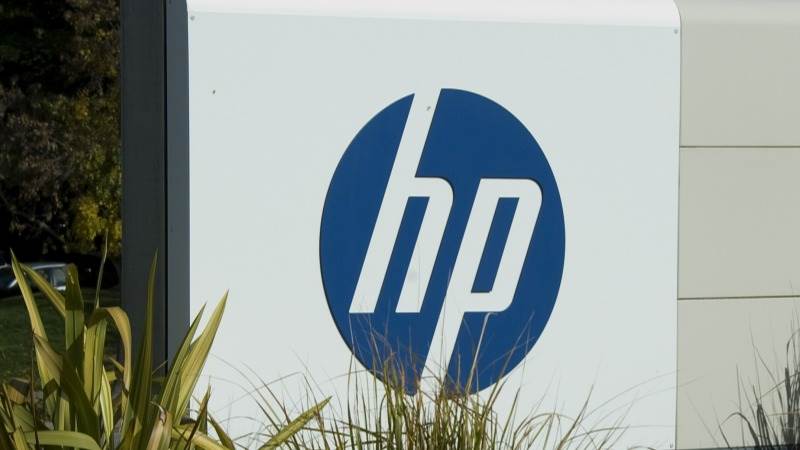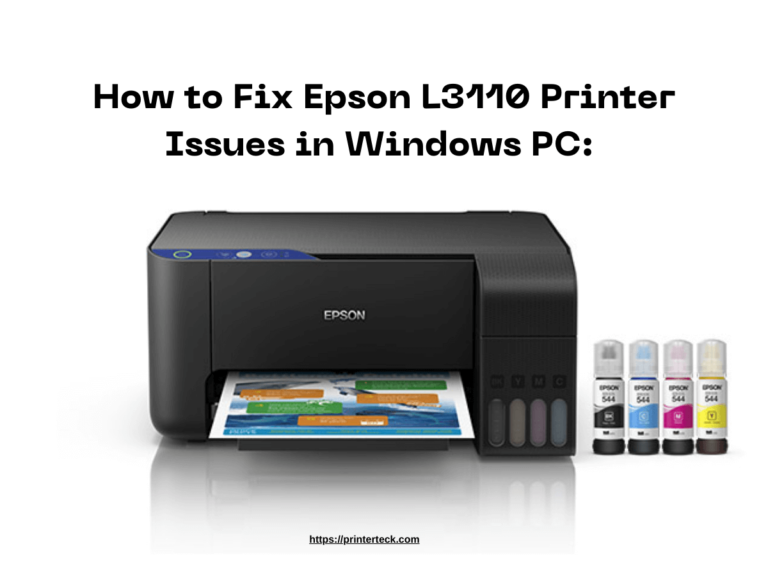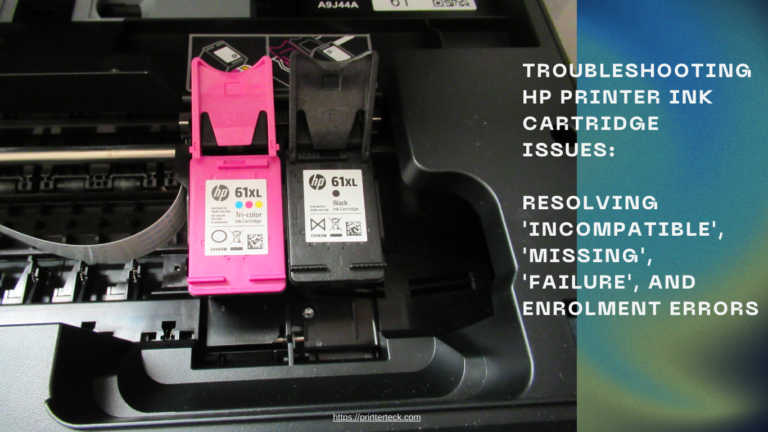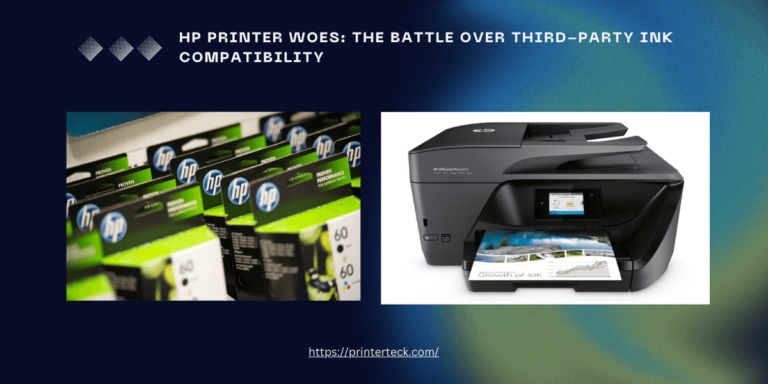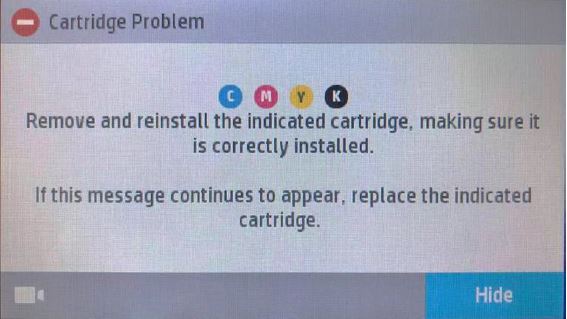HP’s CEO’s Shock Claim: Cheap Ink Dangers!
As someone deeply immersed in the world of technology and consumer electronics, the recent statement by HP’s CEO, Enrique Lores, certainly caught my attention. Last Thursday, on CNBC Television, Lores made a startling claim: “We have seen that you can embed viruses in the cartridges. Through the cartridge, [the virus can] go to the printer, [and then] from the printer, go to the network.” This assertion, linking cheap ink-borne viruses to potential network threats, has stirred a significant debate.

HP Remanufacturing Inks
Delving deeper, it’s important to understand HP’s stance on remanufacturing inks. The company, long known for its stringent quality controls, particularly with pure HP ink, seems to be taking a protective stance. By asserting that cheaper ink and toner cartridges could infect printers and, by extension, entire networks, HP is not just defending its market but also positioning itself as a guardian of user safety and security.
However, this claim has not gone unchallenged. Ars Technica, alongside various security researchers, has expressed skepticism. They point out that such threats have never been documented in the wild, raising questions about whether HP’s concerns are genuinely about consumer safety or more about combating price-sensitive customers who view their products as a bad investment due to cost.
The implementation of HP’s Dynamic Security System, which effectively cripples the functionality of HP printers when they detect a non-HP chip or electronic circuitry in a cartridge, adds another layer to this narrative. Some view this as anti-competitive and a form of price gouging, while others see it as a necessary measure to ensure the integrity and performance of their devices.
In my experience, the intersection of technology and commerce is often a complex one. While HP asserts the need to Buy HP products for the sake of security, consumers and experts alike are left to ponder the real motives behind these claims. The balance between protecting consumers from genuine threats and engaging in practices that might limit consumer choice is a delicate one, indeed.

